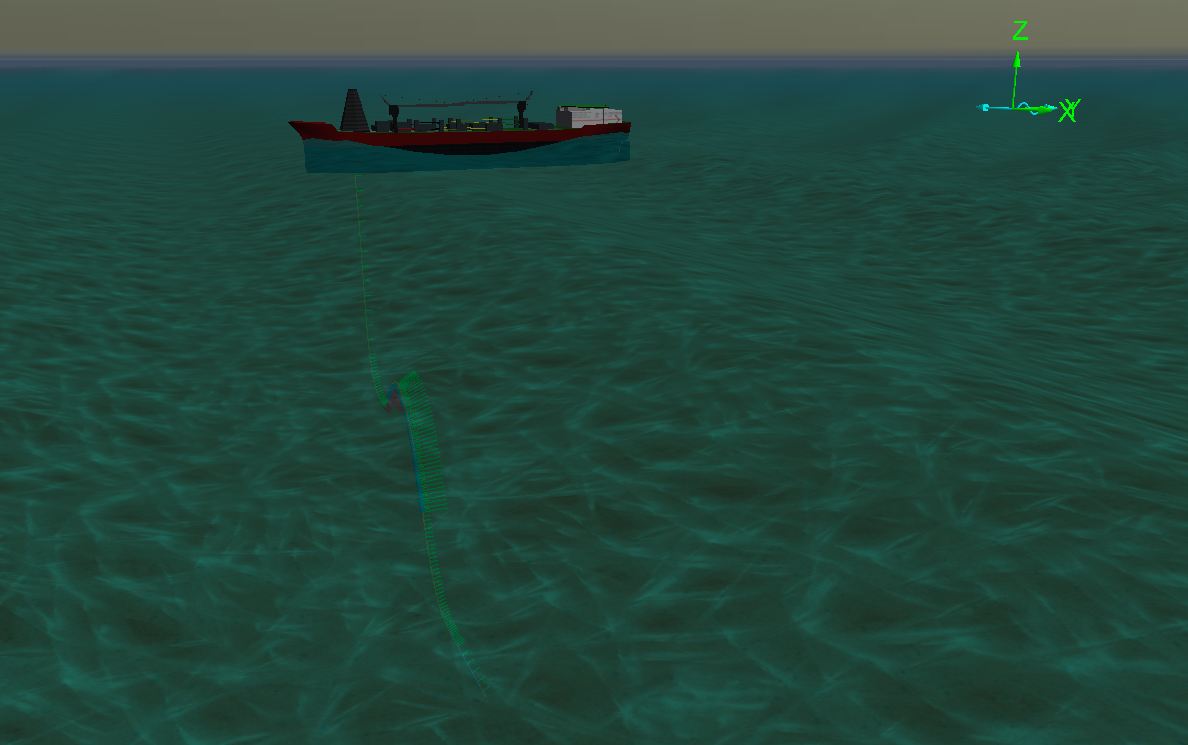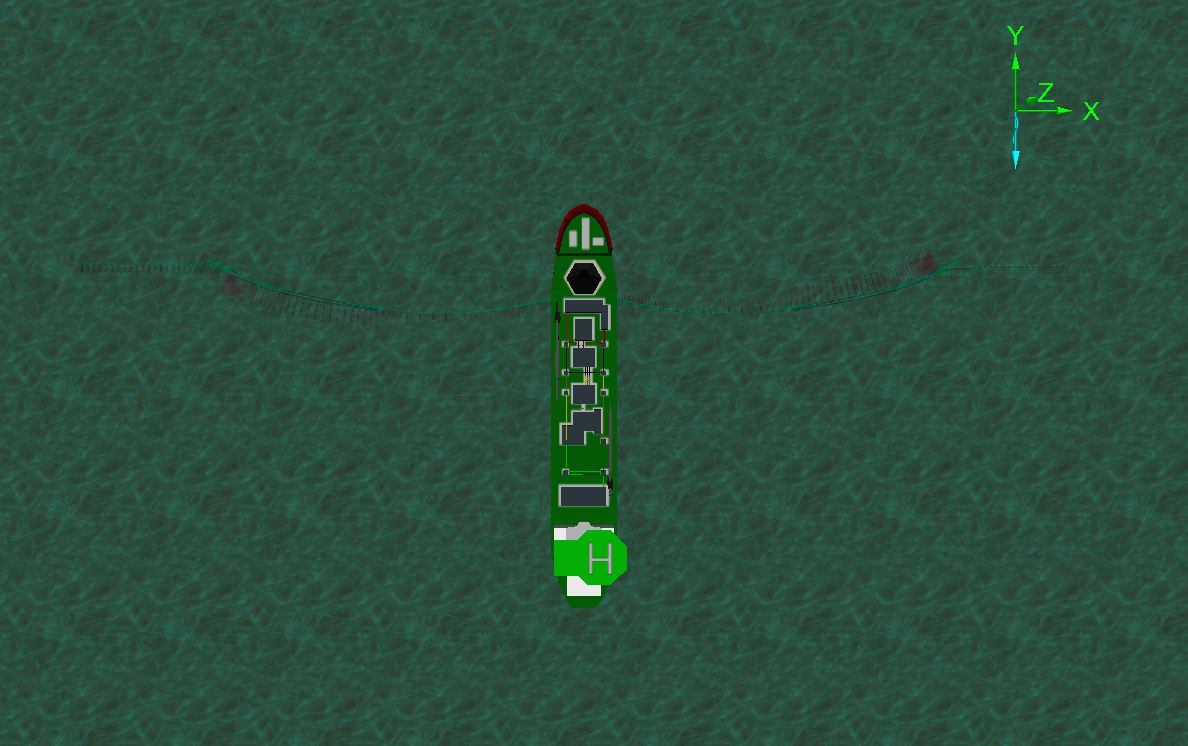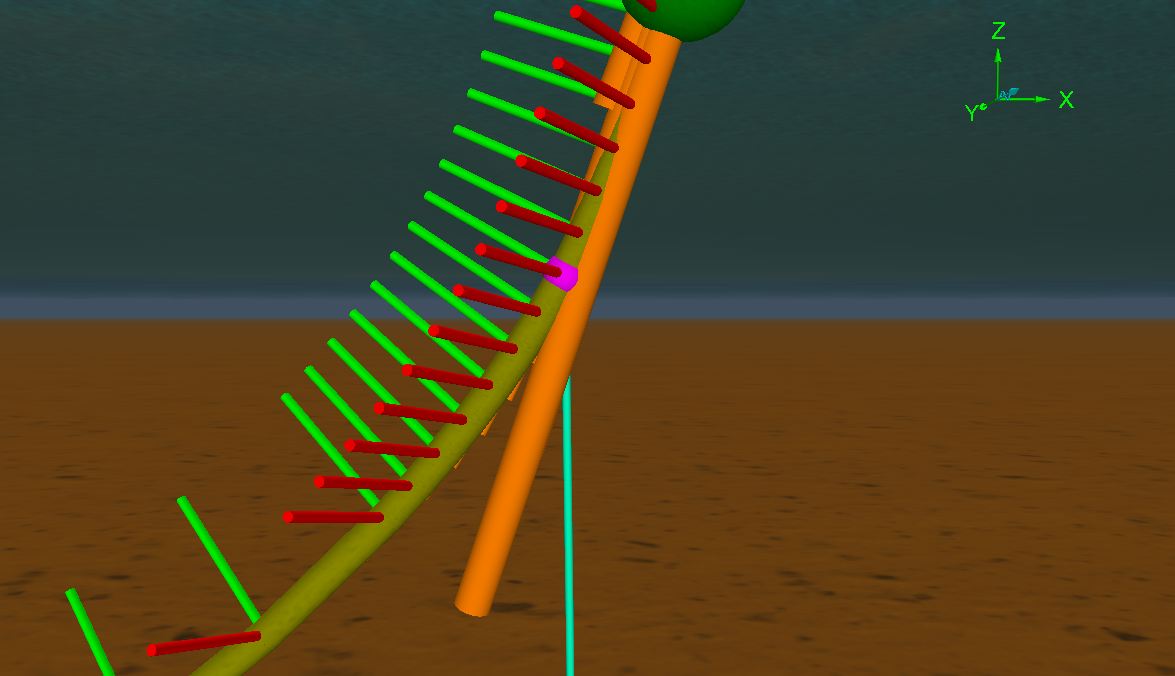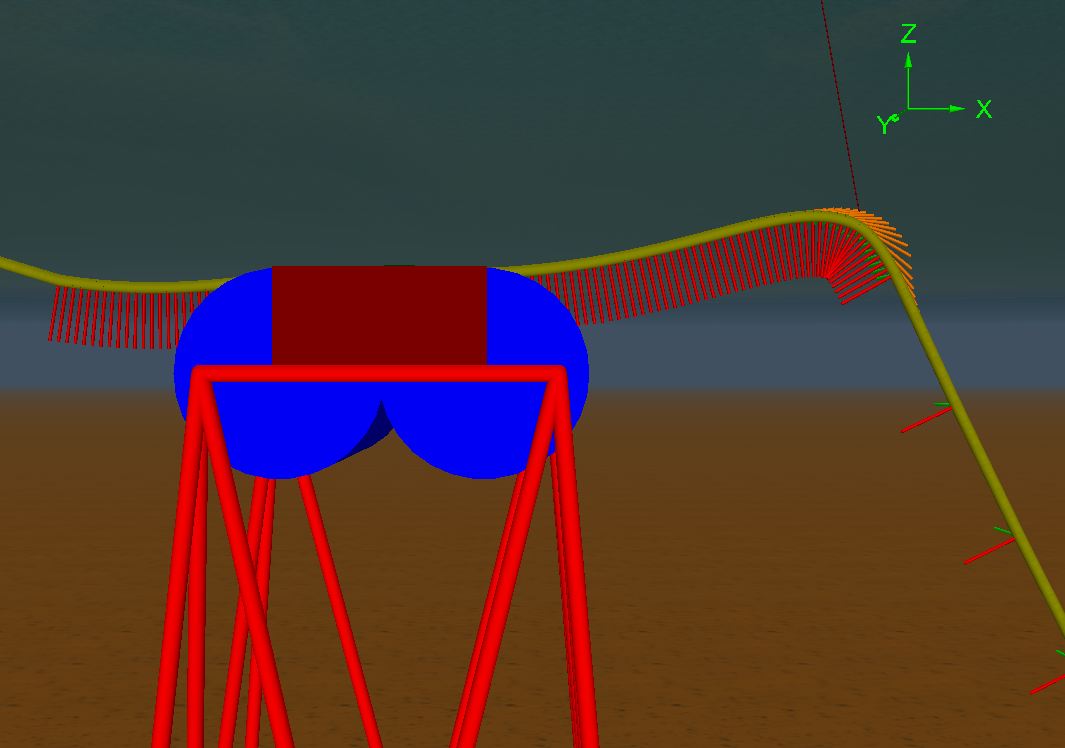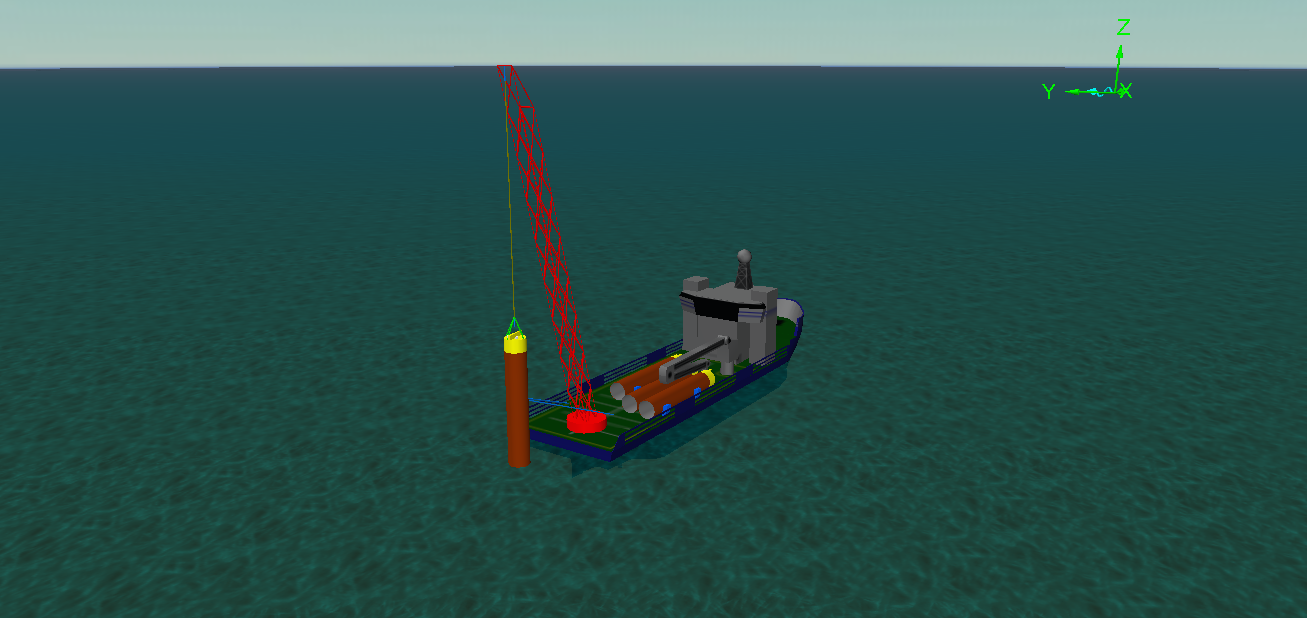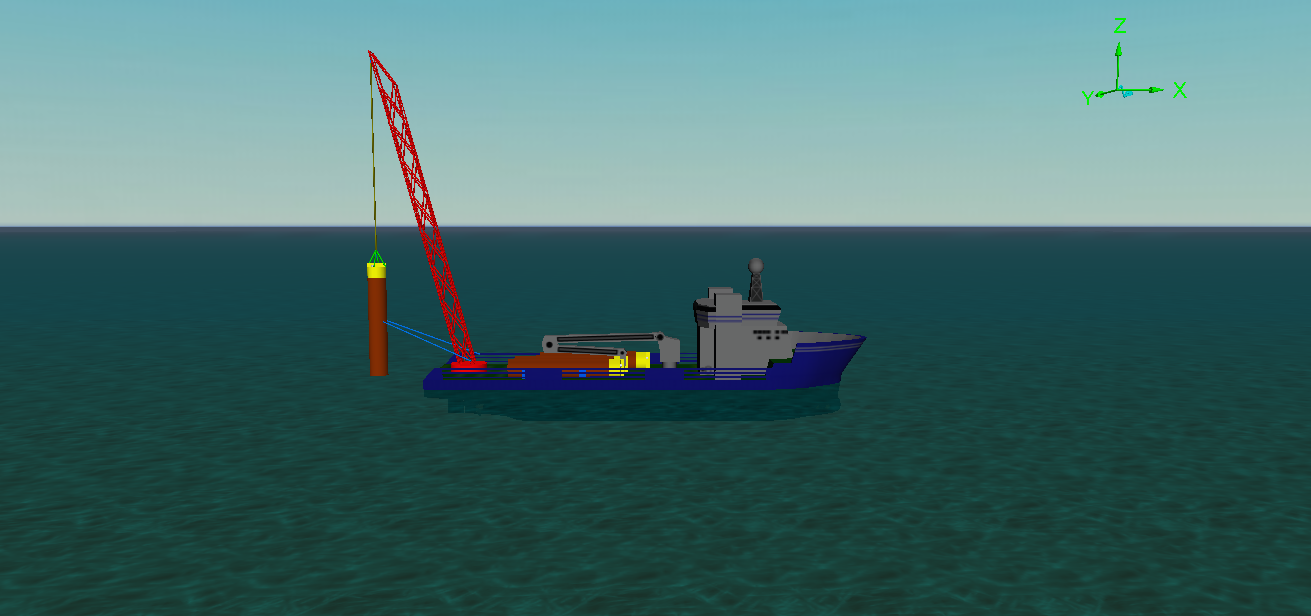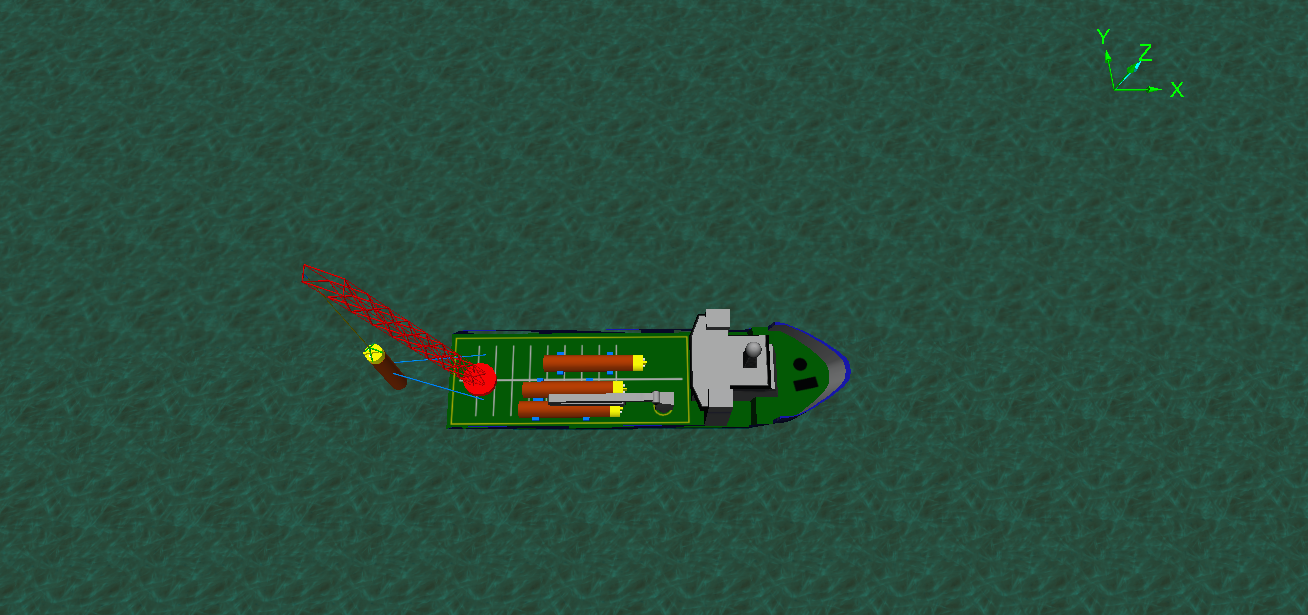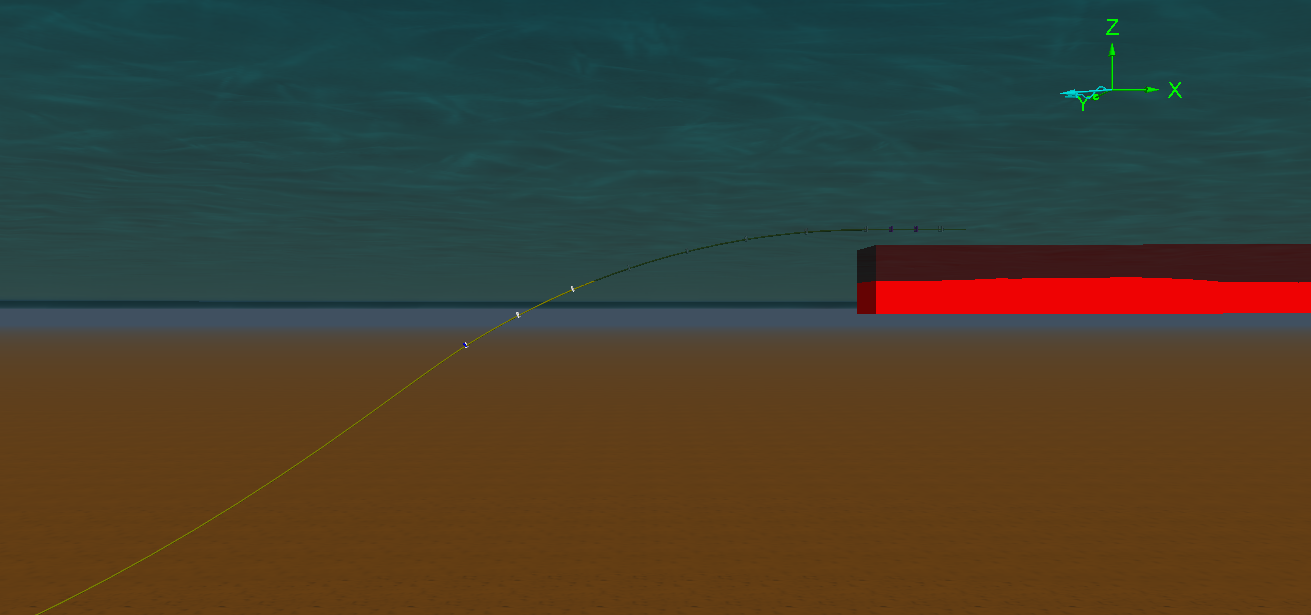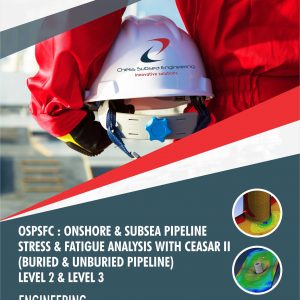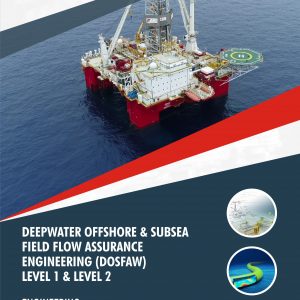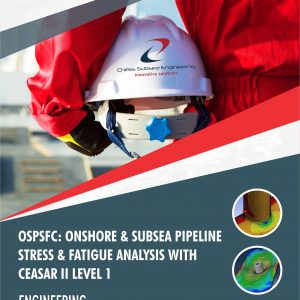Description
DRIA Level 1 is a comprehensive training program that focuses on the analysis and simulation of deepwater riser installations using the Orcaflex software. Participants gain an understanding of the fundamental concepts, methodologies, and considerations involved in deepwater riser installation analysis.
DRIA Level 1 covers a wide range of topics related to deepwater riser installation, including riser design, dynamic response analysis, installation vessel selection, installation methodologies, and risk assessment.
Participants in DRIA Level 1 learn to utilize the Orcaflex software for modeling and simulating the installation of risers in deepwater environments. They gain insights into the various parameters and inputs required for accurate analysis and understanding of riser behavior during installation.
DRIA Level 2 builds upon the foundational knowledge gained in Level 1 and delves deeper into advanced topics and techniques for deepwater riser installation analysis. Participants learn advanced modeling techniques, complex installation scenarios, and specialized analysis methodologies.
Both DRIA Level 1 and Level 2 combine theoretical knowledge with practical applications. Participants engage in hands-on exercises, case studies, and discussions to deepen their understanding of the analysis techniques, interpretation of results, and practical considerations associated with deepwater riser installation.
ORCAFLEX uses a Finite Element Method (FEM) to simulate the behavior of subsea structures. This method divides the structure into a series of smaller elements, each with its own characteristics, such as mass, stiffness, and damping. ORCAFLEX then simulates the behavior of each element over time, considering the forces acting on it, to predict the overall behavior of the structure.
Deepwater Riser Installation Analysis With Orcaflex (DRIA) Level 1 & Level 2 gives a comprehensive understanding of how to use the OrcaFlex software for model design and dynamic analysis of offshore marine and subsea systems. Delegates will learn how to model different types of risers, mooring lines and flexibles and how to analyse for fatigue damage and vortex induced vibration (VIV).
Course Outline
- History of Subsea Engineering
- Subsea Production Systems
- Flow Assurance and System Engineering
- Subsea Structures and Equipment
- Subsea Umbilicals, Risers, and Pipelines
- General Concepts & Field Layout
- Riser System Selection
- Riser Types & Xmas Tree
- Riser System Types
- Types of Buoyancy Devices
- Riser Design Considerations
- Riser Host Vessel Characteristics
- Types of Mooring Systems
- Vessel Motions & Environmental Forces
- Vessel 6 DOF Motions
- Vessel Motion Characteristics
- Riser to Host Connection
- Introduction to flexible pipe
- Material selection & layer function
- Design process & functional requirements
- Local structural cross-section design & analysis
- Global static and dynamic analysis
- Fatigue analysis
- Types of fatigue analysis
- The S/N and T/N curves
- VIV analysis
- Static and Dynamic VIV
- The Wake Oscillator Models
- The VIV properties
- Introduction to the Orcaflex GUI
- Interface buttons and their functions
- Step by step procedure to model a line connected to a vessel
- Run Static Analysis
- Run Dynamic Analysis
- Check and Interpret Results
Hands On Workshop 1: Free Steel Catenary Riser (SCR) Production Riser Simulations
Building the Model & Setting General Data
Hydrodynamics Data Set Up
Building the Model & Setting Vessel Data
Building the Model & Setting Line Data
Clump Weight Attachment & Data Model Setup
Building the Model & Setting SHEAR 7 Data
Building the Model & Setting VIVA Data
Building the Model & Setting All Object Data
Result Analysis of Steel Catenary Riser (SCR) Production Riser Simulations
Hands On Workshop 2: 10″ Lazy S Wave Production Riser Simulations
Building the Model & Setting General Data
Hydrodynamics Data Set Up
Building the Model & Setting Vessel Data
Building the Model & Setting Line Data
Clump Weight Attachment & Data Model Setup
Building the Model & Setting SHEAR 7 Data
Building the Model & Setting VIVA Data
Building the Model & Setting All Object Data
Result Analysis of 10″ Lazy S Wave Production Riser Simulations
Hands On Workshop 3: 8″ Pliant Wave Subsea Production Gas Riser
Building the Model & Setting General Data
Hydrodynamics Data Set Up
Building the Model & Setting Vessel Data
Building the Model & Setting Line Data
Clamp Weight Attachment & Data Model Setup
Building the Model & Setting SHEAR 7 Data
Building the Model & Setting VIVA Data
Building the Model & Setting All Object Data
Building the Model & Setting Tether Data
Result Analysis of 8″ Pliant Wave Subsea Production Gas Riser Simulations
Hands On Workshop 4: Single Point Mooring (SPM) Simulations
Building the Model & Setting General Data
Hydrodynamics Data Set Up
Building the Model & Setting Vessel Data
Building the Model & Setting Line Data
Clump Weight Attachment & Data Model Setup
Building the Model & Setting SHEAR 7 Data
Building the Model & Setting VIVA Data
Building the Model & Setting All Object Data
Result Analysis of Single Point Mooring (SPM) Simulations
Hands On Workshop 5: Production Riser Installation Pull In Analysis (PIA) Simulations
Building the Model & Setting General Data
Hydrodynamics Data Set Up
Building the Model & Setting Vessel Data
Building the Model & Setting Line Data
Clump Weight Attachment & Data Model Setup
Building the Model & Setting SHEAR 7 Data
Building the Model & Setting VIVA Data
Building the Model & Setting All Object Data
Result Analysis of Production Riser Installation Pull In Analysis (PIA) Simulations
Technical Support References
Ref 1: Subsea Production Systems
Ref 2: Flow Assurance and System Engineering
Ref 3: Subsea Structures and Equipment
Ref 4: Subsea Umbilicals, Risers, and Pipelines
Ref 5: Theory of Hydrodynamic Engineering & Non Linear Wave Field Solution
Ref 6: Engineering of Subsea Umbilicals, Risers & Flowlines SURFs
Ref 7: Introduction to ORCAFLEX Software and Simulation Steps
Ref 8: Free Steel Catenary Riser (SCR) Simulation with Orcaflex Steps
Ref 9: 10 inch Lazy S Wave Production Riser Simulation with Orcaflex Steps
Ref 10: 8 inch Pliant Wave Production Riser Simulation with Orcaflex Steps
Ref 11: FPSO Single Point Mooring (SPM) Simulation with Orcaflex Steps
Ref 12: Riser Installation Pull In Analysis (PIA) Simulation with Orcaflex Steps
Ref 13: Subsea Structures Installation and Vessels Selection JSA
Ref 14: Subsea Structures Installation Design Project Management
Additional Technical Support References
Ref 1: Overview of subsea structures and their significance in offshore operations
Ref 2: Types of subsea structures: pipelines, umbilicals, risers, platforms, and foundations
Ref 3: Installation methods and considerations for subsea structures
Ref 4: Health, safety, and environmental aspects of subsea structures installation
Ref 5: Fundamentals of hydrodynamics and its relevance to subsea structures
Ref 6: Fluid dynamics principles: flow around structures, hydrostatics, and buoyancy
Ref 7: Wave theories and their application in hydrodynamics analysis
Ref 8: Computational Fluid Dynamics (CFD) and its role in hydrodynamics simulations
Ref 9: Introduction to ORCAFLEX software and its capabilities in subsea engineering
Ref 10: Overview of the user interface, modeling tools, and simulation setup with ORCAFLEX software
Ref 11: Importing geometry and creating hydrodynamic models with ORCAFLEX software
Ref 12: Defining material properties, boundary conditions, and environmental loads with ORCAFLEX software
Ref 13: Preprocessing: Mesh generation, setting up boundary conditions, and defining simulation parameters with ORCAFLEX software
Ref 14: Running hydrodynamic simulations in ORCAFLEX: wave analysis, current analysis, and combined wave-current analysis with ORCAFLEX
Ref 15: Postprocessing: Analyzing and interpreting simulation results, including forces, displacements, and responses with ORCAFLEX
Ref 16: Sensitivity analysis and optimization techniques in hydrodynamics analysis
Ref 17: Introduction to subsea structures installation analysis using ORCAFLEX
Ref 18: Modeling techniques for subsea structures: rigid and flexible models using with ORCAFLEX
Ref 19: Simulation setup for subsea structures installation: vessel, crane, and installation procedures with ORCAFLEX
Ref 20: Analyzing and interpreting installation results: tensions, bending moments, and stability with ORCAFLEX
Outcome
Participants will gain an in debt understanding of Deepwater Riser Installation Analysis With Orcaflex at Level 1 & Level 2.
They will also be able to function with minimum supervision as a Subsea Engineer for IOCs, subsea pipeline company contractor, vendor or installation company.
Certificate of Completion
At the end of the course certificate of Completion Based on Scottish NVQ standard Level 4 & 5 shall be issued directly from Chess Subsea Engineering Europe.
How to Register
Click here to download registeration booklet on msword and email completed booklet to info@chesssubseaengineering.org directly.








